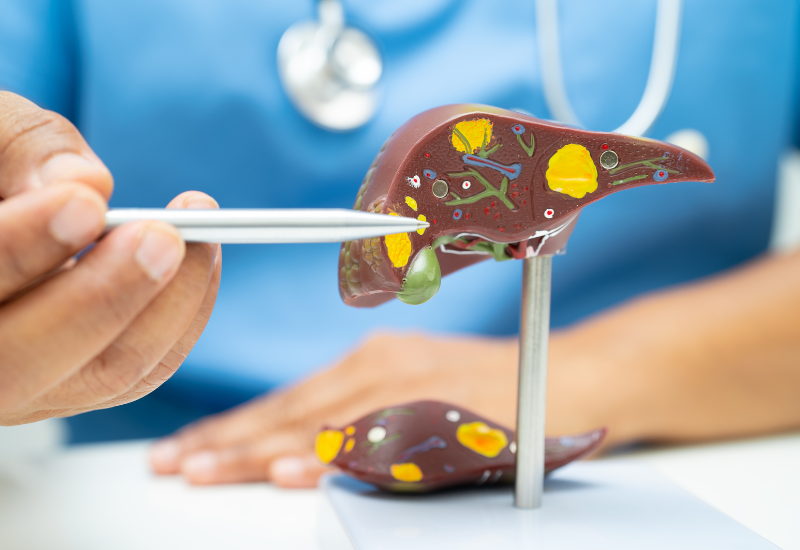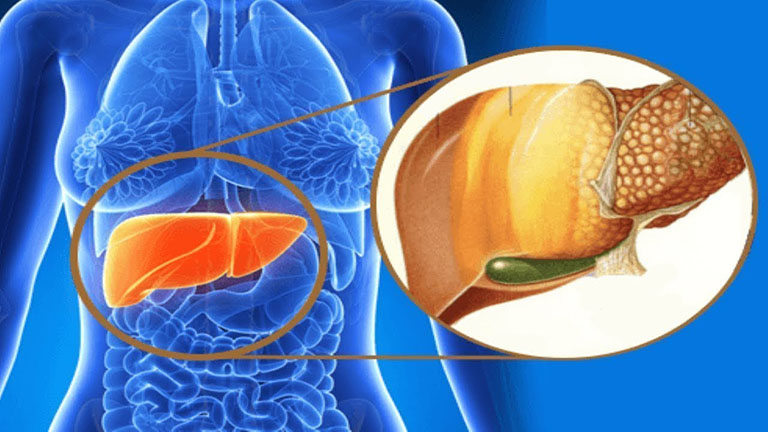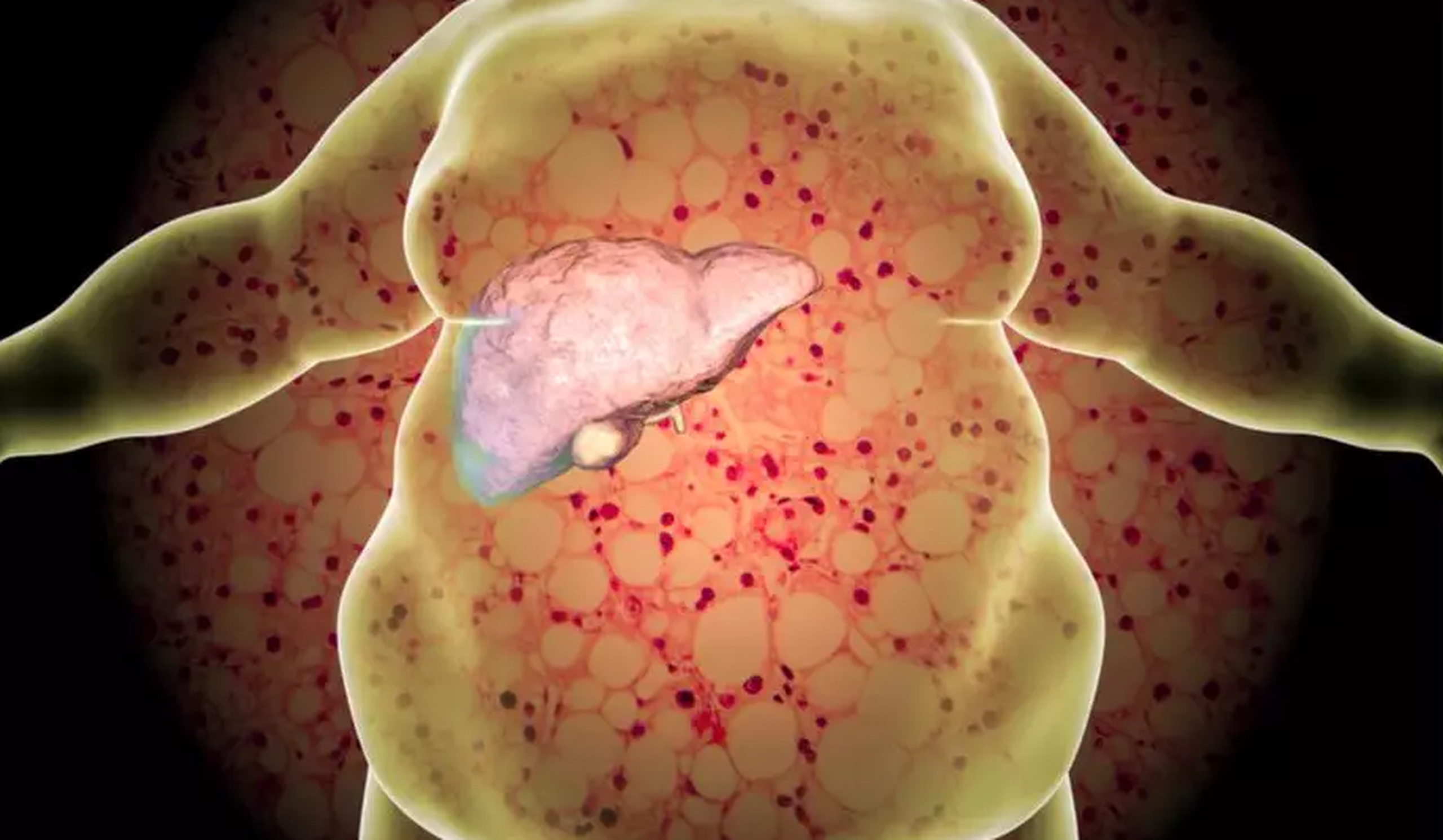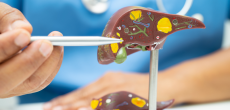Zing Muse – Discover the 4 stages of fatty liver disease, early warning signs, diagnostic methods, and 5 proven lifestyle strategies to prevent liver damage naturally.
Fatty liver disease develops in four stages — from simple fat buildup to cirrhosis. Early lifestyle changes such as healthy eating, regular exercise, and weight management can effectively prevent liver damage and promote recovery.
The liver is the body’s largest “metabolic factory,” responsible for processing fats, sugars, and toxins. However, due to high-fat diets, sedentary lifestyles, and alcohol consumption, an increasing number of people — including young adults — are now facing fatty liver disease.
What makes it dangerous is that the disease progresses silently through multiple stages without clear symptoms until the liver becomes severely damaged. Early detection and lifestyle modification are the key strategies to prevent complications such as liver fibrosis, cirrhosis, and liver cancer.
What Is Fatty Liver Disease?
Fatty liver disease (also called Hepatic Steatosis) occurs when fat makes up more than 5% of the liver’s weight, impairing its function. It is divided into two main types:
-
Non-alcoholic fatty liver disease (NAFLD / MASLD) – the most common form.
-
Alcohol-related fatty liver disease (ALD) – caused by excessive alcohol intake.
Despite different causes, both types can progress to more severe liver damage if not managed properly.
The 4 Stages of Fatty Liver Disease
Stage 1: Simple Fatty Liver (Steatosis)
The earliest stage, when fat droplets start accumulating inside liver cells.
🔹 Symptoms: usually none; mild fatigue or poor appetite may occur.
🔹 Recovery: completely reversible with early detection and lifestyle changes.
Stage 2: Steatohepatitis (NASH/MASH)
At this stage, excessive fat causes inflammation and liver cell damage.
🔹 Symptoms: elevated liver enzymes, mild pain in the upper right abdomen.
🔹 Risk: inflammation may trigger scarring (fibrosis) if untreated.
Stage 3: Liver Fibrosis (F1 – F3)
Scar tissue begins to form and spread, reducing liver function.
🔹 Symptoms: fatigue, loss of appetite, mild abdominal bloating.
🔹 Diagnosis: assessed via FibroScan (liver stiffness measurement) or biopsy.
Stage 4: Liver Cirrhosis (F4)
The most severe stage — permanent liver damage and structural distortion.
🔹 Symptoms: jaundice, swelling, abdominal distension, unexplained weight loss.
🔹 Risk: high risk of liver cancer and liver failure.
How to Detect Fatty Liver Early
-
Ultrasound: detects fat buildup in the liver.
-
FibroScan: measures liver stiffness and fat accumulation.
-
Blood tests: check liver enzymes (AST, ALT), blood sugar, and cholesterol.
-
Liver biopsy: used when inflammation or fibrosis is suspected.
👉 Regular check-ups every 6–12 months are recommended for early detection and effective treatment.

Common Causes of Fatty Liver
-
Obesity or being overweight
-
Type 2 diabetes or insulin resistance
-
High cholesterol or high blood pressure
-
Alcohol consumption
-
High intake of refined carbs, fried foods, or fast food
-
Lack of physical activity or sitting for long hours
Effective Ways to Prevent and Reverse Fatty Liver
1. Lose Weight Gradually and Safely
Losing 5–10% of your body weight can significantly reduce fat in the liver and improve enzyme levels.
👉 Aim for steady weight loss (0.5–1 kg/week) for sustainable results.

2. Eat a Balanced Diet
-
Eat more vegetables, fruits, whole grains, and lean protein.
-
Avoid deep-fried foods, sugary drinks, and processed snacks.
-
Include salmon, olive oil, avocado, and nuts to promote healthy fat metabolism.
-
Stay hydrated (2–2.5 liters/day) and limit or eliminate alcohol.
3. Stay Physically Active
-
Exercise at least 150 minutes per week (brisk walking, cycling, or swimming).
-
Combine with light resistance training to boost metabolism and reduce fat.

4. Control Underlying Conditions
For those with diabetes, high cholesterol, or hypertension, follow medical guidance and take prescribed medication regularly.
5. Get Regular Check-ups
Monitor liver enzymes and perform imaging tests such as ultrasound or FibroScan to track your liver’s condition.
When to See a Doctor?
-
Persistent elevated liver enzymes or unexplained fatigue.
-
Abdominal pain, yellowing of the skin or eyes, or dark urine.
-
History of alcohol use or long-term obesity.
👉 Early detection is the key to preventing cirrhosis and liver cancer.
Fatty liver disease is no longer a condition affecting only older adults — it’s becoming increasingly common among younger people. Understanding the stages of fatty liver, maintaining a healthy lifestyle, and getting regular check-ups are the most effective ways to protect your liver and overall health.
According to MSD Manuals













